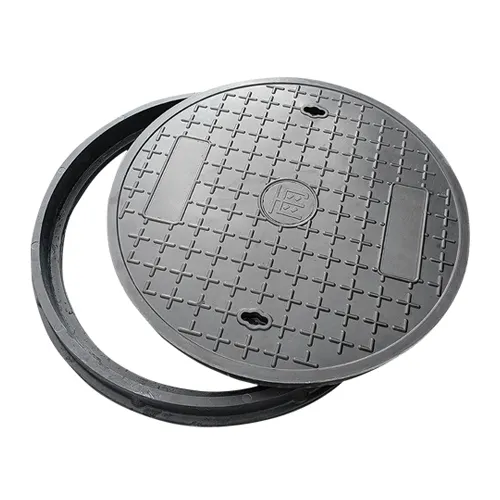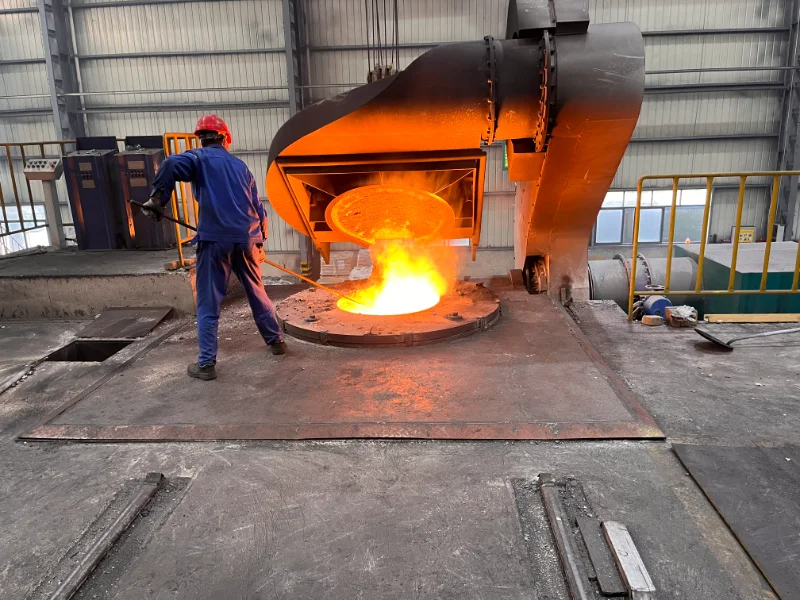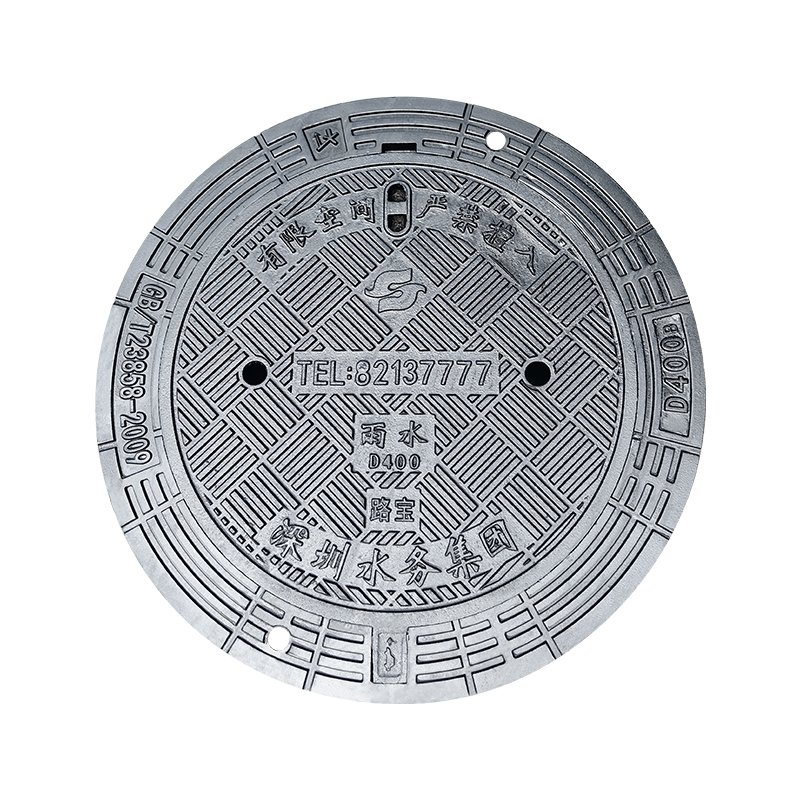Choosing circular manhole covers requires meticulous evaluation, as the correct selection directly impacts safety and long-term performance. With diverse products differing in materials, structures, and applications, understanding key criteria is essential to avoid errors and ensure reliability. This guide outlines critical selection factors to help identify optimal solutions for specific needs.

1. Material Properties: The Foundation
Core Materials:
- Ductile Iron: Delivers high strength and extended lifespan, making it ideal for heavy-traffic zones, though its weight can be a drawback.
- Steel: Lightweight but susceptible to corrosion without robust protection like hot-dip galvanizing (≥85μm) or premium powder coating.
- Composites (e.g., FRP): Offer corrosion resistance and light weight, but verify load ratings for extreme conditions.
Application-Driven Selection:
- Urban Areas: Prioritize aesthetics (e.g., decorative coatings/textures) alongside structural integrity.
- Industrial Zones: Focus on load-bearing capacity (EN124 E600/F900 compliance) and impact resistance.
2. Geometric Specifications: Precision Matching
- Diameter: Must precisely match frame inner dimensions (±2mm tolerance) to prevent debris ingress.
- Thickness: Determines structural strength (minimum 40mm for D400 loads).
- Height/Camber: Ensures smooth operation and optimal load distribution.
3. Special Condition Adaptation
Harsh Environments: Use salt-spray-resistant composites (>2,000hrs ISO 9227) or epoxy-coated metals in coastal/chemical zones.
Public Safety:
- Anti-skid textures (DIN 51130 Class R10-R13) for pedestrian/bike lanes.
- Vandal-resistant designs for high-traffic areas.
Additional Needs: Theft-proof locks (ASTM F2361), noise reduction (<40dB), electrical insulation (IEEE Std 80), or color coding.
4. Manufacturer Qualification & Quality Assurance
Critical Checks:
Reputation: Prefer suppliers with ≥10 years of specialization.
Certifications: Valid EN 124/GB/T 23858 load ratings, ISO 9001, and corrosion test reports.
Verification:
- Review third-party project case studies (e.g., airport/roadway installations).
- Inspect factories for precision manufacturing (robotic tolerance: ±0.1mm).
Support: Ensure technical guidance, installation protocols, and 24/7 post-sales support.

5. Installation & Maintenance: Ensuring Longevity
Best Practices:
Professional Installation:
- Level base (≤3mm deviation)
- Apply ASTM C920-compliant sealants
- Secure with torque-controlled locks
Maintenance:
- Inspect biannually for cracks/displacement.
- Clean debris quarterly; monitor coating integrity.
- Replace if deformation exceeds 5mm.
6. Lifecycle Cost (LCC) Optimization
Cost Analysis:
Economy covers ($100–$300) last 5–8 years with annual maintenance, while premium options ($400–$800) endure 25+ years with decadal upkeep. Over 20 years, premium covers incur under $1,000 total costs—60% less than economy alternatives.
Strategic Investment:
Choosing certified premium covers (e.g., EN 124 F900-grade) reduces lifetime expenses, eliminates safety risks, and minimizes operational disruptions.
Selection Checklist:
Confirm material-environment compatibility
Verify diameter/thickness compliance (EN 124)
Choose ISO 9001-certified manufacturers
Require ≥10-year warranties
Conduct LCC simulations




